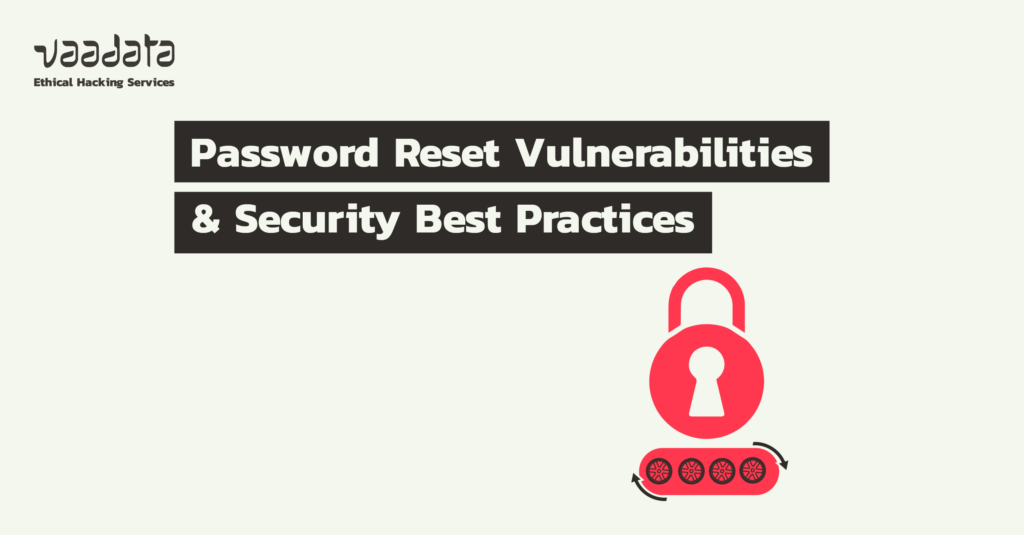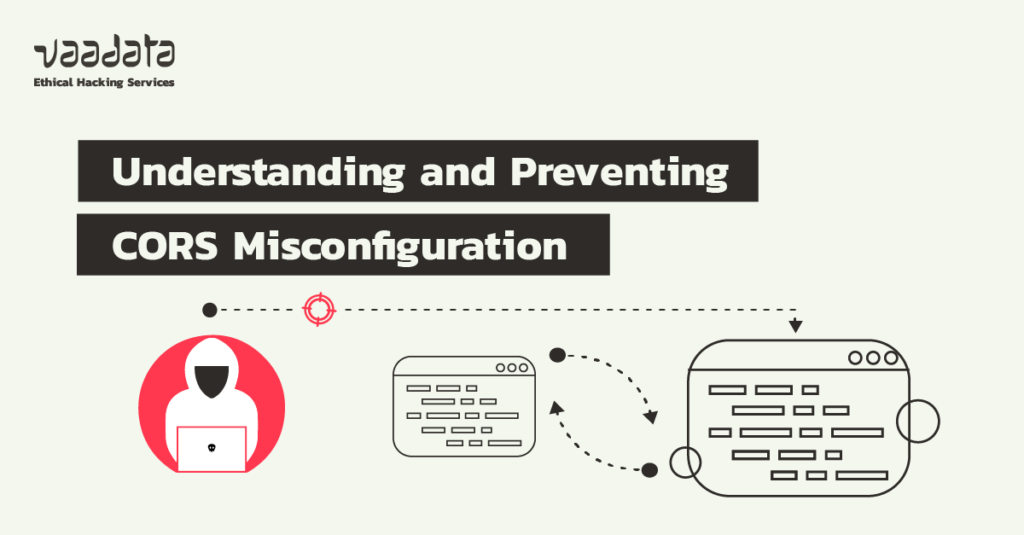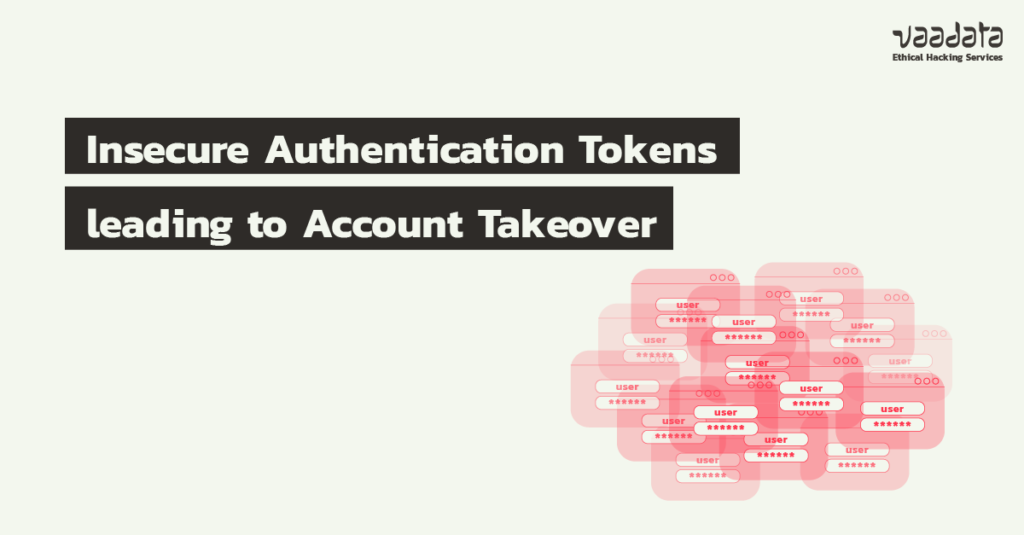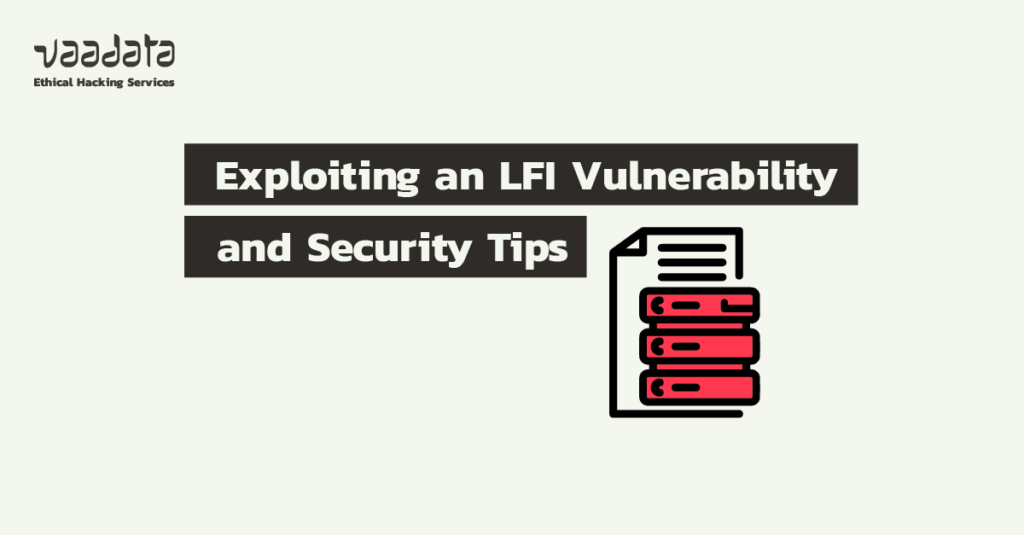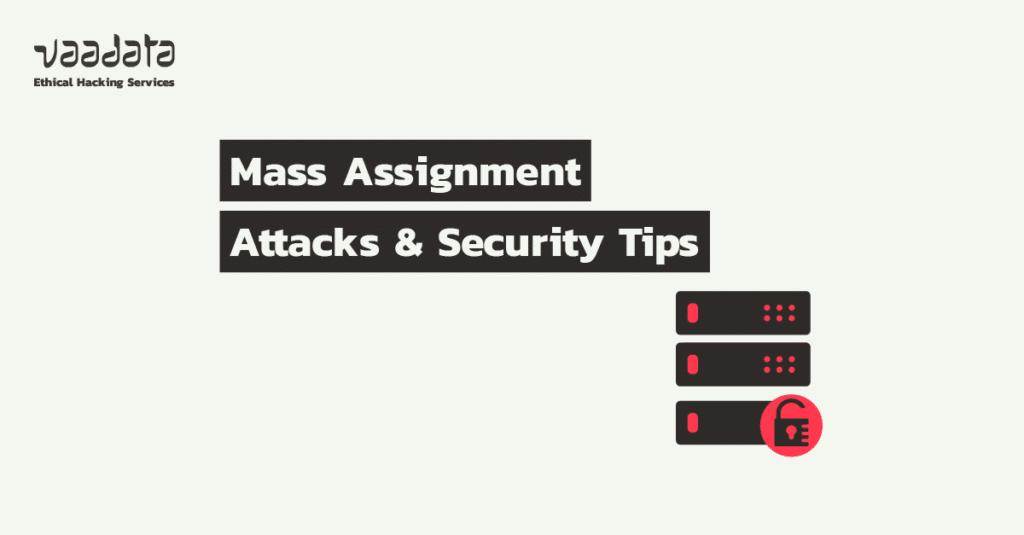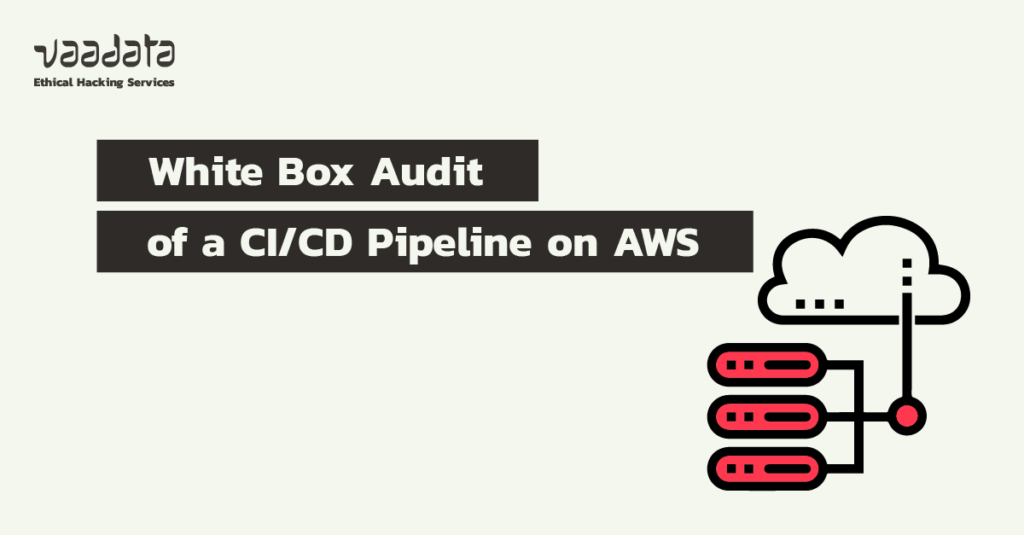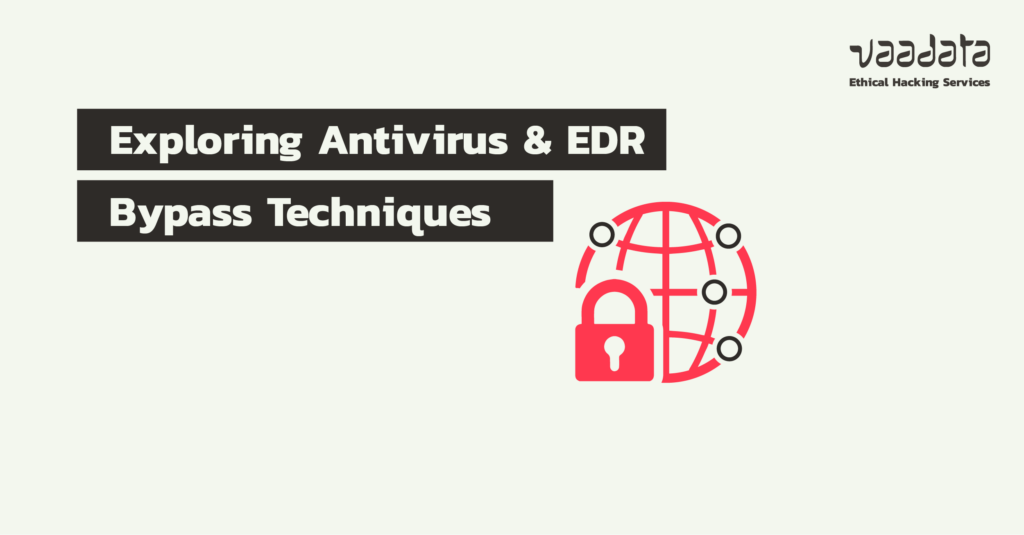
Antivirus, anti-malware and EDR are tools commonly used to prevent attacks.
However, these solutions can be bypassed. In this article, we take a closer look at the various antivirus and EDR bypass techniques that can be implemented in a loader: a program whose aim is to execute a malicious payload on a machine by bypassing the various protections in place.

